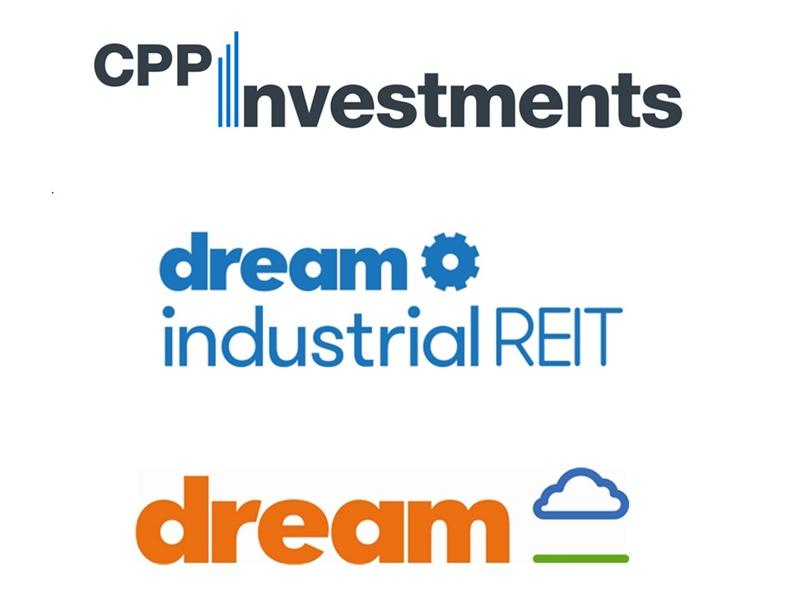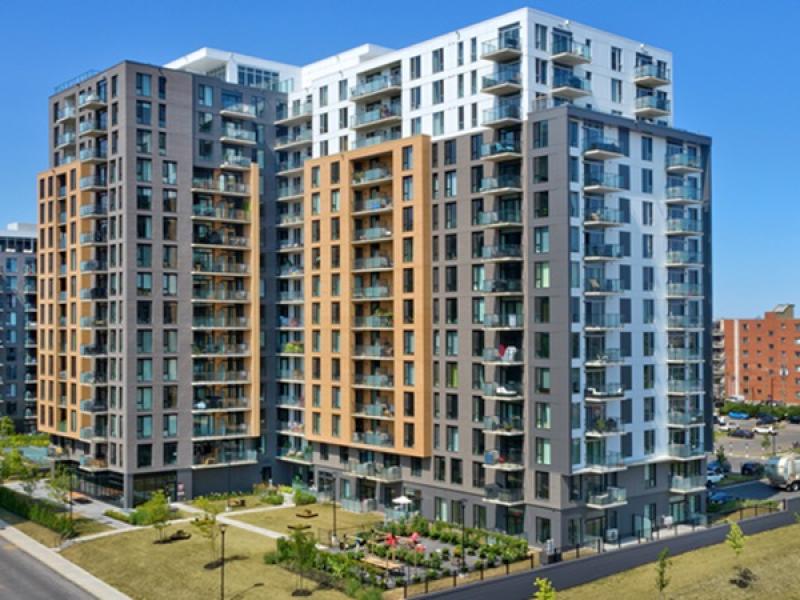
Seven of the 11 major Canadian cities surveyed by Altus Group have a commercial tax rate more than double the residential tax rate, according to the 2022 Canadian Property Tax Rate Benchmark Report.
Altus Group released the annual report in conjunction with the Real Property Association of Canada (REALPAC). It's intended to create dialogue with taxing authorities, influence public policy and to attempt to promote a healthy and competitive business environment for the commercial real estate sector.
Residential property tax rates in the cities surveyed ranged from a low of $2.69 per $1,000 of assessment in Vancouver to a high of $11.95 per $1,000 of assessment in Winnipeg in 2022. Corresponding commercial property tax rates ranged from a low of $9.31 in Vancouver to a high of $35.30 in Halifax.
“I think you're always going to see the commercial property owners carry the heaviest burden,” Kyle Fletcher, president of Property Tax Canada at Altus Group, told RENX. “But, I think municipalities are recognizing the heavy loads commercial taxpayers are carrying.”
Business properties generally use fewer of the services paid for by property taxes, and business property owners don’t have the same voting clout as homeowners when it comes to impacting municipal governments.
However, business property owners may base decisions on whether to locate or expand in a municipality based on comparative property tax rates.
Quebec has highest commercial-to-residential ratios
Montreal’s commercial property tax rate was $34.66 and its residential rate was $8.23.
Montreal reduced both residential and commercial tax rates from 2021 to 2022, but the greater reduction to residential property owners resulted in a commercial-to-residential ratio increase of 1.08 per cent to 4.21.
That was the highest of the cities surveyed.
Quebec City’s commercial property tax rate was $35.28 and its residential rate was $10.05.
Quebec City raised commercial rates slightly while dropping the residential rate, increasing its ratio by 1.3 per cent to 3.51.
Vancouver’s taxes are lowest
Vancouver saw decreases in both residential and commercial tax rates.
However, the rate of taxation for residential properties dropped further than the commercial rate, so its commercial-to-residential tax ratio increased by 1.35 per cent to 3.46, ranking it third-highest in Canada.
The relative strength of the property market in a city has a bearing on its residential and commercial property tax rates.
“Vancouver has the lowest tax rates in both residential and commercial, and that's really a reflection of the strength of that market — in particular the residential market,” said Fletcher, who noted the city’s higher property values can derive the revenues needed to meet the municipality’s requirements even with lower rates.
“Compare that against areas like Saskatchewan and Manitoba, where the average house prices are some of the lowest in the country, and you're going to end up with higher rates.
“And wherever there's a lower proportion of commercial property in one municipality to another, that can have an effect as well.”
Ontario keeps postponing reassessments
Ontario properties are in the second year of an assessment freeze following the last four-year assessment cycle and assessments continue to be based on values as of Jan. 1, 2016.
Any changes in the commercial-to-residential tax ratios in the province are the result of tax policies.
“The trend is positive for commercial buildings in Ontario,” said Fletcher. “So we would hope that, once they finally reassess in Ontario, that the trend will continue — but that will be really hard to judge.”
Toronto continued to move toward tax equity, increasing the tax rate for residential properties by a higher percentage than commercial.
As a result, the commercial-to-residential ratio continued its 18-year downward trend and dropped by 2.42 per cent — the most substantial reduction in the survey. However, the 3.36 ratio was still fourth-highest in the country.
Ottawa raised its commercial rate by a greater percentage than residential, resulting in a 0.95 per cent increase to its ratio, which now sits just below the national average of 2.8 at 2.39.
Fletcher is unsure why Ontario keeps postponing its property tax reassessments, but said it’s causing increasing problems — especially with the post-pandemic variability in assessments for various property classes and types.
“The assessed values are so outdated that the apportionment of property tax in that province is no reflection of where the market is today,” said Fletcher. “The biggest losers, in our opinion, are office and retail properties.
“From a relative perspective, those markets have been much weaker than industrial over that time period. So, industrial is stuck with a lower proportion of tax than it should in the current market conditions.”
Calgary and Edmonton face similar pressures
Calgary had the largest commercial-to-residential ratio increase of the cities surveyed, climbing 10.27 per cent to 3.07.
Continuing a trend in place since 2015, the commercial assessment base contracted year-over-year due to declining office assessment values, while the residential assessment base experienced an eight per cent increase due to a surging single-family market.
Edmonton faced similar pressures as Calgary as a result of the latest reassessment, causing its ratio to increase by 6.5 per cent to 2.68.
Fletcher believes commercial property tax rates can have a significant impact on companies in deciding where to open, expand or relocate — particularly when it comes to the outskirts of major cities.
“I don't know that the property tax question is enough to drive a decision on if you're going to build a warehouse in Saskatchewan versus Calgary necessarily,” said Fletcher.
“But definitely, when it comes to decisions of if you're going to be inside the city limits or on the outskirts, that's a big issue in all the major cities in Canada.”
Fletcher noted communities just outside of Calgary have much lower commercial property tax rates, so there’s been much more industrial development in those municipalities to take advantage of lower overall costs — which include taxes.
Halifax, Winnipeg, Saskatoon and Regina
The Halifax Regional Municipality increased the commercial tax rate and dropped the residential rate, resulting in a 7.16 per cent increase in its commercial-to-residential ratio to 3.06.
Winnipeg’s ratio dropped slightly from 1.93 to 1.92 – but it would have been above 2.2 if the school rebate and business tax were considered.
It’s anticipated the school rebate will be increased for 2023, which will further widen the gap between commercial and residential taxes.
Saskatchewan is in the second year of its four-year assessment cycle and values haven’t shifted.
Saskatoon and Regina continued a six-year trend of posting a ratio below two and remained static between 2021 and 2022 at 1.61 and 1.51, respectively.
Those two ratios were the lowest in the survey.







